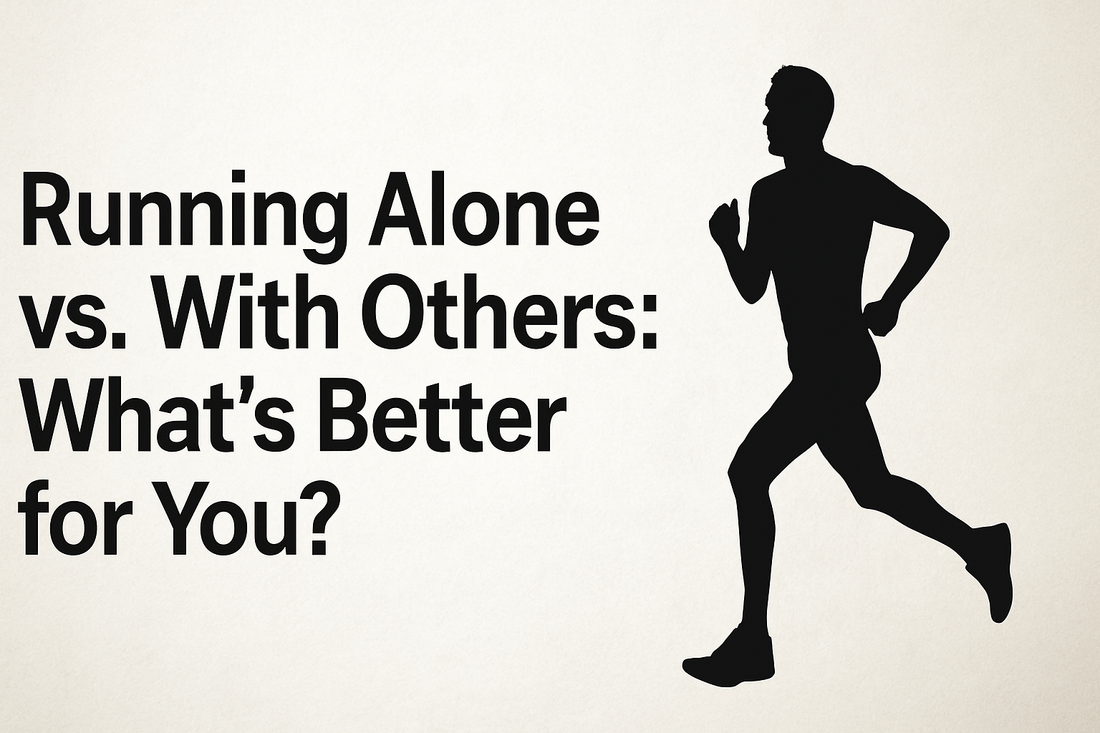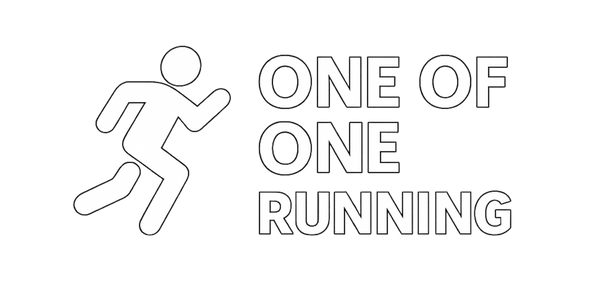
Running Alone vs. With Others: What’s Better for You?
Share
Both solo running and group runs have their place. Which one is better? That depends on your goals, personality, and current season of training. Here’s a breakdown to help you decide what works best—and when.
Benefits of running alone
– Total flexibility: choose your pace, time, route
– Mental clarity: running solo is like moving meditation
– No pressure: no one to impress or keep up with
– Better self-awareness: you learn how your body feels without external input
– Strong mental discipline: solo running builds inner resilience
When to run alone
– When you need to reset mentally
– If you’re focusing on personal pacing or form
– When your schedule doesn’t match anyone else’s
– During recovery runs or solo long runs
Benefits of running with others
– Accountability: it’s easier to show up when someone’s waiting
– Motivation: you push harder with others nearby
– Social connection: conversation makes miles go faster
– Structured sessions: group intervals or tempo runs boost intensity
– Safety: helpful in low-light or remote areas
When to run with others
– When motivation is low
– During hard sessions where pacing matters
– If you tend to skip runs alone
– When training for a race with friends or a team
What’s the best mix?
Most runners benefit from both. Solo runs for focus, flexibility, and mental strength. Group runs for motivation, speed, and community. Try alternating between them based on what you need that week.
Running isn’t just physical—it’s also social and emotional. Choose the environment that brings out the best in you.
Want help building your own running structure? My e-book includes training plans, motivation strategies, and practical tips to keep you consistent.
See the e-book here
